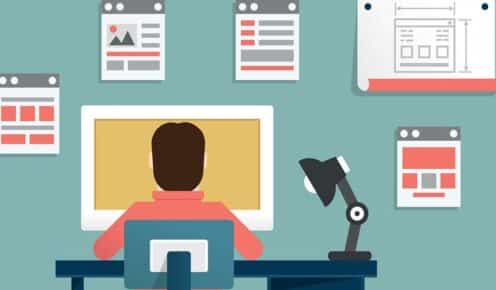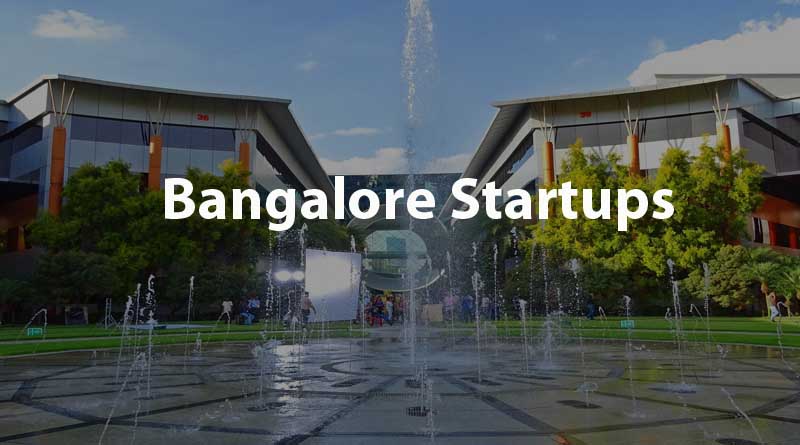Houses and building owners have been relying on outdated methods for repairing pipes for years. This extended procedure comprises excavating deep pits and connecting new pipes to the drainage system. This method could be time consuming and expensive. Given these issues, pipe relining is a preferable option for repairing any drainage system.
They are not affordable, there is no need for dirty digging, and the whole procedure is environmentally beneficial. Pipe relining in Sydney is one of the most recent and effective drainage options available for any house or building. This relining service looks after the issue and safeguards the pipes from lead leaching, debris buildup, corrosion, leaks, base infiltration, and other hazards.
WHAT COULD BE THE POSSIBLE REASON FOR PIPE LEAKAGES?
1. Difference from correct methods of laying.
2. Unfitting linens
3. Loss of bedding support following laying.
4. Trench slipping.
5. After laying, sinking of dirt.
6. Backfill material’s poor quality.
7. Incorrect compaction and consequent settlement of the trench backfill.
8. Excessive overload on the piping trenches, which are not considered during the designing of the pipeline.
9. Point loads on the backfill pipe.
10. Excessive traffic stress during pipeline laying.
What is the use of pipelining?
Water undertakings are primarily responsible for maintaining the transmission and distribution network effectively to avoid waste and provide a permanent provision of waste; Pressurized drinking water flows to customers. It is also vital that harm is prevented from damaging the public property that could develop because a faulty pipeline is not repaired correctly. Proper planning and implementation of corrective actions will prevent leaks and catastrophes. Proper guidelines should be followed to avoid catastrophes.
Water or other substances passed via the pipes are protected by pipeliners. Piping lines safeguard the water against fungus, metal and similar contamination. In turn, this preserves the tap water and general health of your family. This not only rehabilitates tap water but also facilitates future fastenings far more easily and farther than envisaged.
WHAT EXACTLY IS CIPP?
The sewer-in-place pipe lining (CIPP) is a sewage pipe technique. That needs little or no digging and far less time than other techniques of sewage rehabilitation. It is ideal for repairs of pipelines that do not require upgrading, both short and long lines.CIPP includes placing a flexible liner into the existing tube, inflating the tube and subjecting the liner to dry and harden it to heat or UV radiation. This liner produces a smooth surface within the old pipe and makes it new.
REPAIR ACTION PLAN:
Pipe relining in Sydney ensures a detailed overlook of the troubleshooting through accurate investigation. The first procedure of pipe relining is the detection of pipe failure on the site,
The details of the failed pipe and fit, including material type, age, class and general condition, are noted. Failure reasons are identified and recorded as precisely as possible. Checking current external pipe dimensions.
Determine any ovality inclination for efficient repair. Interruption of water supply notification and related problems are observed. Plan for repairing is now initiated, selection of the most suitable repair procedure.,’ dry’ repair testing. Recovery, Finishing, Sanitation, Restoration and complete notice for a few hours. The complete level of damage will be evaluated for pipework. When relining has been completed, all materials and protective impediments are removed, and the workplace is clean and tidy.












